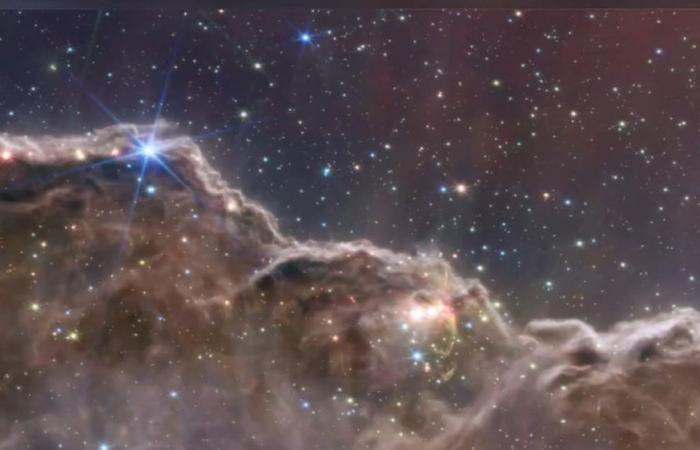NASA scientists and astronomers around the world are waiting for an event of new which may be visible to the naked eye for about a week after it occurs. According to NASA, the explosion could occur any time, day or night, from now until September, although scientists say it could take longer. When this happens, it will appear as if a new star has appeared in the sky.
The scientists’ explanation
“It will be a once-in-a-lifetime event that will create many new astronomers, giving young people a cosmic event that they can observe for themselves, asking their own questions and collecting their own data,” said Dr. Rebekah Hounsell, a research assistant specializing in nova events at NASA’s Goddard Space Flight Center in Greenbelt, Maryland.
The flaming star
T Coronae Borealis, nicknamed the “Blazing Star” and known by astronomers as “T CrB”, is a binary system located in the Corona Borealis about 3,000 light-years from Earth. The system is composed of a white dwarf, a remnant of a dead star with a mass comparable to that of our Sun, and an ancient red giant, slowly stripped of its hydrogen by the relentless gravitational pull of its hungry neighbor.
How the process that leads to the explosion occurs
The red giant’s hydrogen accumulates on the surface of the white dwarf, causing an increase in pressure and heat. Eventually, this triggers a thermonuclear explosion large enough to hurl that accumulated material away. For T CrB, this event appears to repeat on average every 80 years.
The difference with the supernova
Don’t confuse a nova with a supernova, a titanic final explosion that destroys some dying stars, Hounsell explained. In a nova event, the white dwarf remains intact, sending the accumulated material into space in a blinding flash. The cycle repeats over time, a process that can continue for tens or hundreds of thousands of years. “There are some recurring nines with very short cycles, but typically, we don’t often see a repeat explosion in a human lifetime, and rarely one so relatively close to our system,” Hounsell said. “It’s incredibly exciting to have this front row seat.”
Appointment in… 80 years
During a nova event, a white dwarf star attracts solar material from a nearby red giant. When the heat and pressure become too high, a thermonuclear explosion occurs. This makes the white dwarf brighter in the sky, but it does not disintegrate. Once the explosion dissipates, the star returns to its original brightness. This immense eruption is a nova. After this nova event, we will have to wait another 80 years before a nova from this specific star system appears again.
© ALL RIGHTS RESERVED
Read the full article at
The messenger






